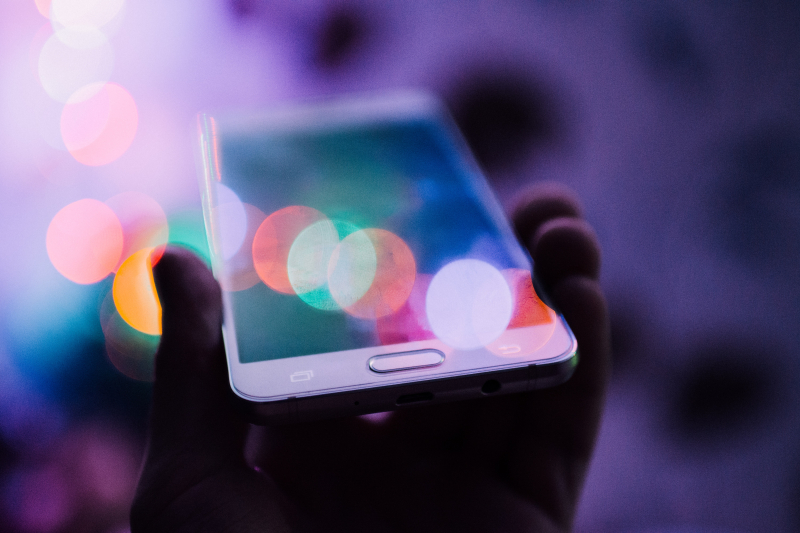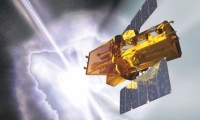Excitorium – exciting new form of matter! An international team of scientists has proven the existence of this enigmatic new form of matter, which has perplexed scientists since it was first theorized almost 50 years ago. Excitonium is a condensate--it exhibits macroscopic quantum phenomena, like a superconductor, or superfluid, or insulating electronic crystal. It's made up of excitons, particles that are formed in a very strange quantum mechanical pairing, namely that of an escaped electron and the hole it left behind.
New “toolbox” for quantum cybersecurity. Developed by the National University of Singapore, the efficient "toolboxes" comprise theoretical tools and protocols for quantifying the security of high-speed quantum communication. The research team developed a QKD system based on time and phase bases which allows for more secret bits to be packed into a single photon. Notably, the team had achieved two secret bits in a single photon, with a secret key rate of 26.2 megabits per second.
Smartphone case offers blood glucose monitoring. Engineers at the University of California San Diego have developed a smartphone case and app that could make it easier for patients to record and track their blood glucose readings, whether they're at home or on the go. The device, called GPhone, is a new proof-of-concept portable glucose sensing system. The test takes about 20 seconds.
Stretchable battery made of fabric. A research team led by faculty at Binghamton University, State University of New York has developed an entirely textile-based, bacteria-powered bio-battery that could one day be integrated into wearable electronics. It can produce maximum power similar to that produced by previous paper-based microbial fuel cells. Additionally, these textile-based biobatteries exhibit stable electricity-generating capability when tested under repeated stretching and twisting cycles.
Marine organisms can shred plastic. A single plastic shopping bag could be shredded by marine organisms into around 1.75 million microscopic fragments, according to new research. It shows that therefore species might also be contributing to the spread of such debris. It further demonstrates that marine litter is not only an aesthetic problem but has the potential to cause more serious and persistent environmental damage




